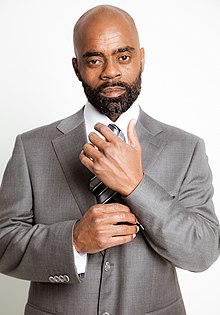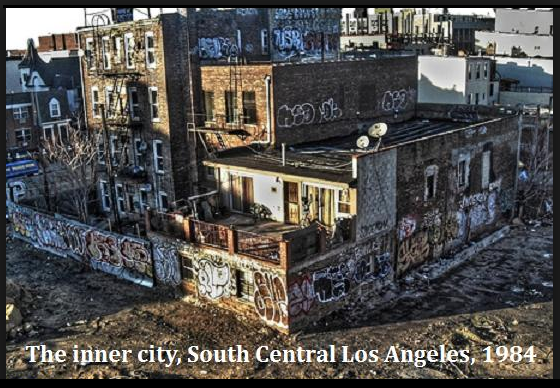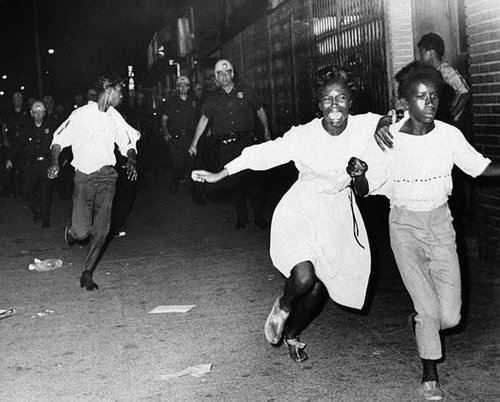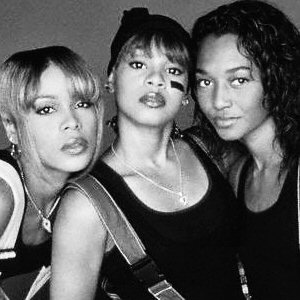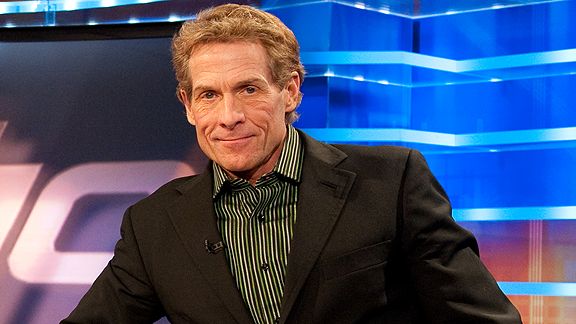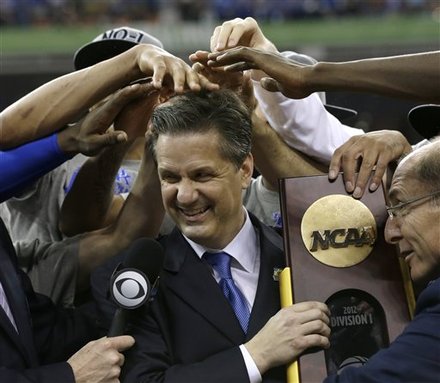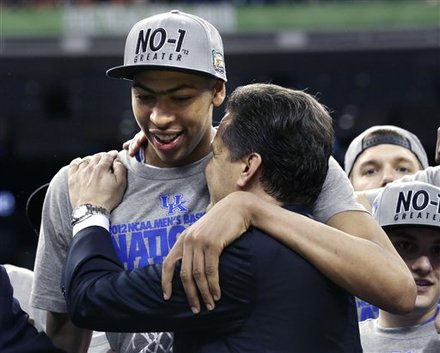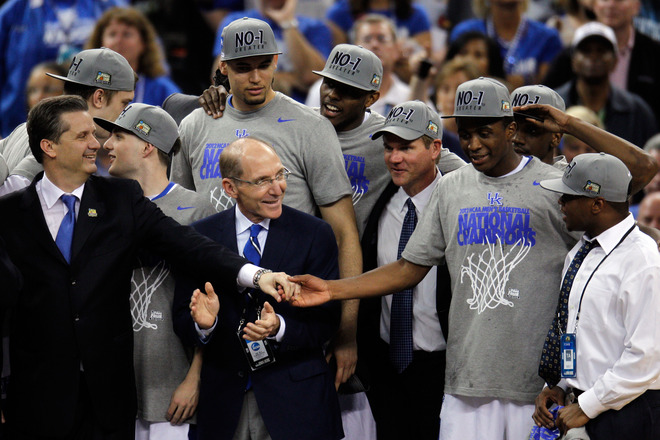21 years later, Rodney King is still a scarred man. He’s
more well known almost for his legal troubles than as the man nearly beaten to
death in Lakeview Terrace. For most of my life, I’ve looked at him with pity –
trying harder to remember why he’s been on this path instead of just scold him
for keeping his life a mess.
I read my friend Kurt Streeter’s profile of him in the LA Times and I saw a man at peace with the men who attacked him. Yet he was also scarred
by brain damage, jumpy around cops and struggling to deal with the hand he’s
been dealt. He also isn’t blaming himself for his troubles. It was a sympathetic
portrayal and yet I didn’t just feel pity – I felt angry too.
To be fair, King has caused most of his problems. His rap
sheet reads like a laundry list of trouble and embarrassment – alcoholism, domestic
disputes and reckless driving among a few before he tried to fix his problems on Celebrity Rehab. But one thing is
clear, it does not excuse what happened to him on March 2/3, 1991, and it
doesn’t hide the fact he’s a living reminder of Operation Hammer’s effect on
the Black community.
As I showed in Part 1, the LAPD’s rampant use of excessive
force in handling the drug/gang problem increased tensions between them and the
Black community that had been simmering since the 1960’s. It made people assume
that Black people were criminals and believed they contributed to the arrests.
The conflict of the two worlds – glamorous and hood – came
together on that fateful night The night that Rodney King and two friends had
just finished watching a basketball game and were speeding on the 210 Freeway.
We know that King was on parole, going at least 90-117 mph the freeway and had
a blood alcohol level of 0.19 – twice the legal limit.
King and his crew ended up in Lakeview Terrace (the link has the exact corner) with police
cars and helicopters in tow. His two friends exited the car and were detained
without problem. King, however, didn’t get out so easily. According to reports,
he was waving to the helicopter and acting erratic before he went to the
ground. Sergeant Stacey Koon ordered four officers – Laurence Powell, Theodore
Briseno, Rolando Solano and Timothy Wind to swarm King to subdue him but King
resisted.
The officers fell back and assumed he was on PCP, later to
be disproven. Then came the Taser and the beating. 56 shots with batons, kicks and more. It looks
like lions seizing on prey and thankfully George Holliday had his video camera as shown below.
Just looking at King’s battered face/body is chilling and it doesn't capture the kidney, brain and leg damage he also suffered.
(Ice Cube made a song about it called “Who Got the Camera”, which I still find powerful and vivid, and Thurz, formerly of U-N-I, made a song retracing the moment from start to finish from King's perspective)
As a 7-year-old, I didn’t understand why he was beaten so
much. But watching that video now, I got reminded of what a slave beating must
have looked like. Excessive punishment for a crime. King was beaten so many
times that after a while, you have to ask why? My barber told me the other day
he thought they killed him. I remember back in 1991, Nick News did a feature on
it talking to kids about what happened.
No matter if King committed a crime or not, you cannot
justify that much force used to beat him. It got national attention for a
reason and I’ll never forget seeing it to open “Malcolm X” or hearing
then-Senator Bill Bradley express his outrage.
But in talking about Rodney King, you can’t forget about
what happened two weeks later. The murder of 15-year-old LaTasha Harlins. A
reminder of a side of 1980’s Los Angeles that rarely gets discussed: The
tensions between Asian-American shop owners and Blacks.
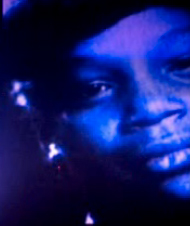 |
| LaTasha Harlins |
I didn’t notice any tensions growing up. I lived near
Koreatown and my apartment complex had Korean neighbors. We were all friendly
and I remember playing around with them often. Yet unknown to me,
Asian-Americans who owned liquor stores were a source of frustration to many in
the community. They assumed Black customers were out to rob them and Black
folks resented them owning property in their community (something you
can see in Do the Right Thing).
Ice Cube made a song about this called “Black Korea”,
ironically quoting that movie. It’s probably one of his most vicious
songs but it summarizes the tension as well.
Harlins was a student at Westchester High School who was
buying orange juice at a liquor store. The shop owner accused her of stealing
and lunged at her. They fought briefly and then the owner, Soon Ja Du, shot
Harlins in the back of the head. She claimed self-defense and robbery to her
husband but the chilling video and testimony of witnesses proved it was wrong.
Watching it gave me a sad feeling and reminded me of Trayvon Martin’s case more
than Rodney King did.
 |
| Soon Ja Du and her husband |
A cousin of mine was an alternate on the jury and in our brief discussion, she told me (among other things) that Ja Du’s husband lied twice. First, he testified that two people robbed the
store, something the video disproved. Second, he told the 911 operation they
had been robbed while on another phone, he told a family member what actually
happened as he stood and moved over Harlins’ dead body.
Ja Du’s trial saw her convicted of manslaughter and while
the jury recommended she get 16 years, the judge overruled it and gave her 5
years probation, a $500 fine and community service. It was an egregious
miscarriage of justice – and one that haunts me thinking about George Zimmerman
facing 2nd degree murder for killing Martin.
My cousin never forgot that the way Harlins was shot, she
died before hitting the floor. She never forgot seeing the money in her hand as
her cold body lay on the floor on the video. What the prosecutor told her remains haunting: You can never
claim self-defense after throwing the first punch.
As the video above shows, a Korean man who abused a dog got
30 days in jail while Ja Du barely got anything for shooting down a girl after
a scuffle. It says volumes about how
Black life was valued back then by the system.
There was finally video evidence of some of the injustices
and people couldn’t turn away anymore. The
four officers (Koon, Powell, Briseno and Wind) would be charged in court. The
outrage over Ja Du’s light sentence brought a frustrated community together and
there was hope that the King verdict would change.
Yet as I think about Rodney King still living his life and I
feel some pity for him, I feel sadder for LaTasha Harlins, who never got to see her
life realized. Both of them are intertwined with the harsh climate of
1980’s/1990’s Los Angeles and both are reminders of how bad it got for unknown
victims everyday under the Gates regime and in the city.
Part 3: The Christopher Commission/King Trial and Verdict
Part 4: All Hell Breaks Loose
Part 5: The Aftermath
(For a followup eulogy to Rodney King, who passed after this post, read here)
Part 3: The Christopher Commission/King Trial and Verdict
Part 4: All Hell Breaks Loose
Part 5: The Aftermath
(For a followup eulogy to Rodney King, who passed after this post, read here)



